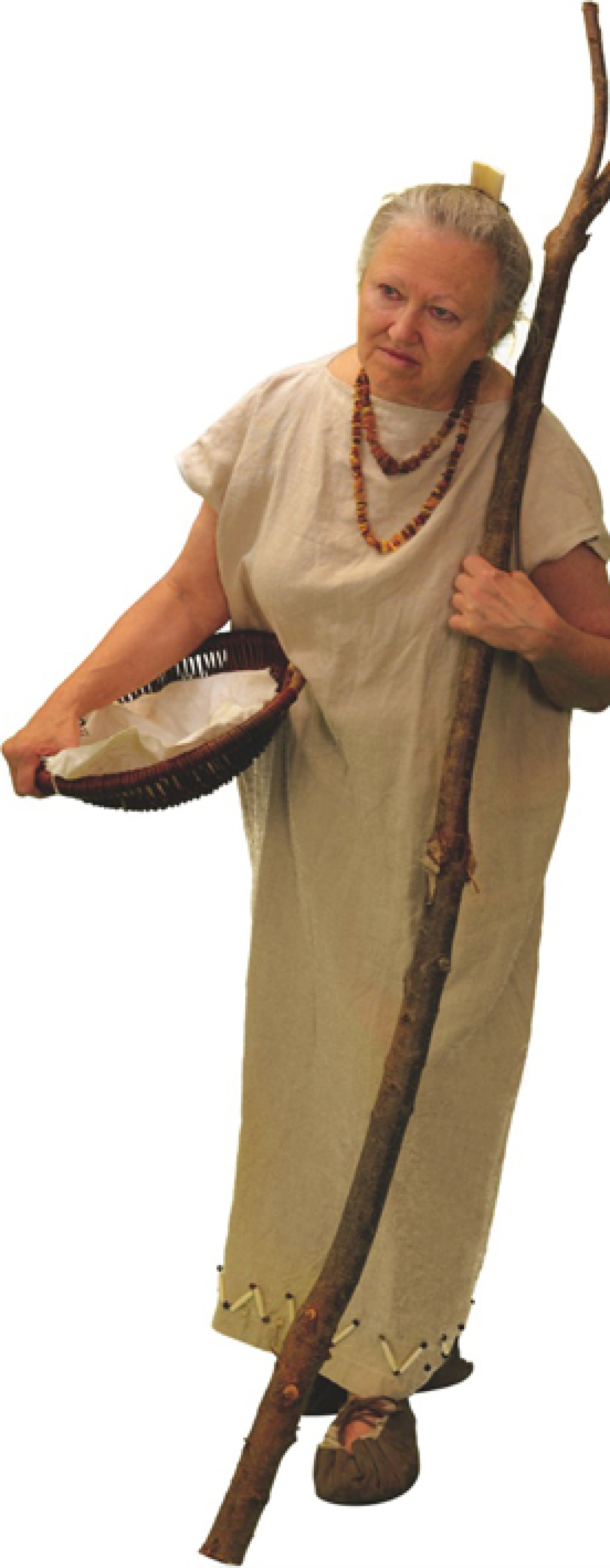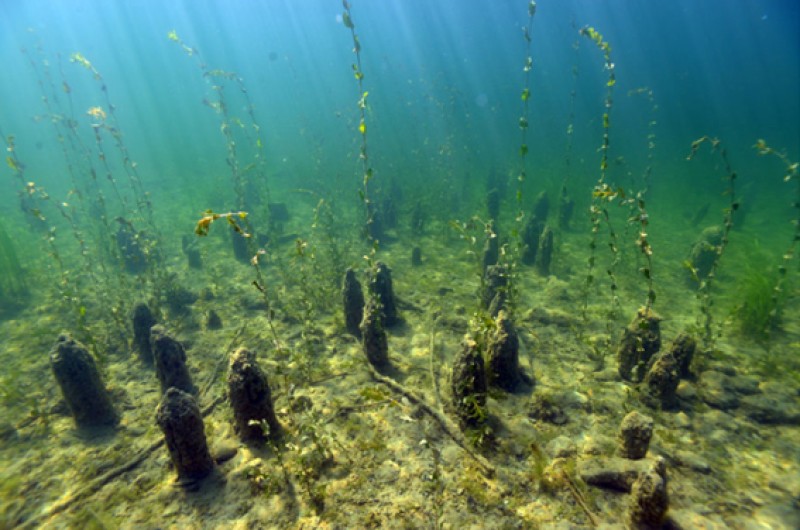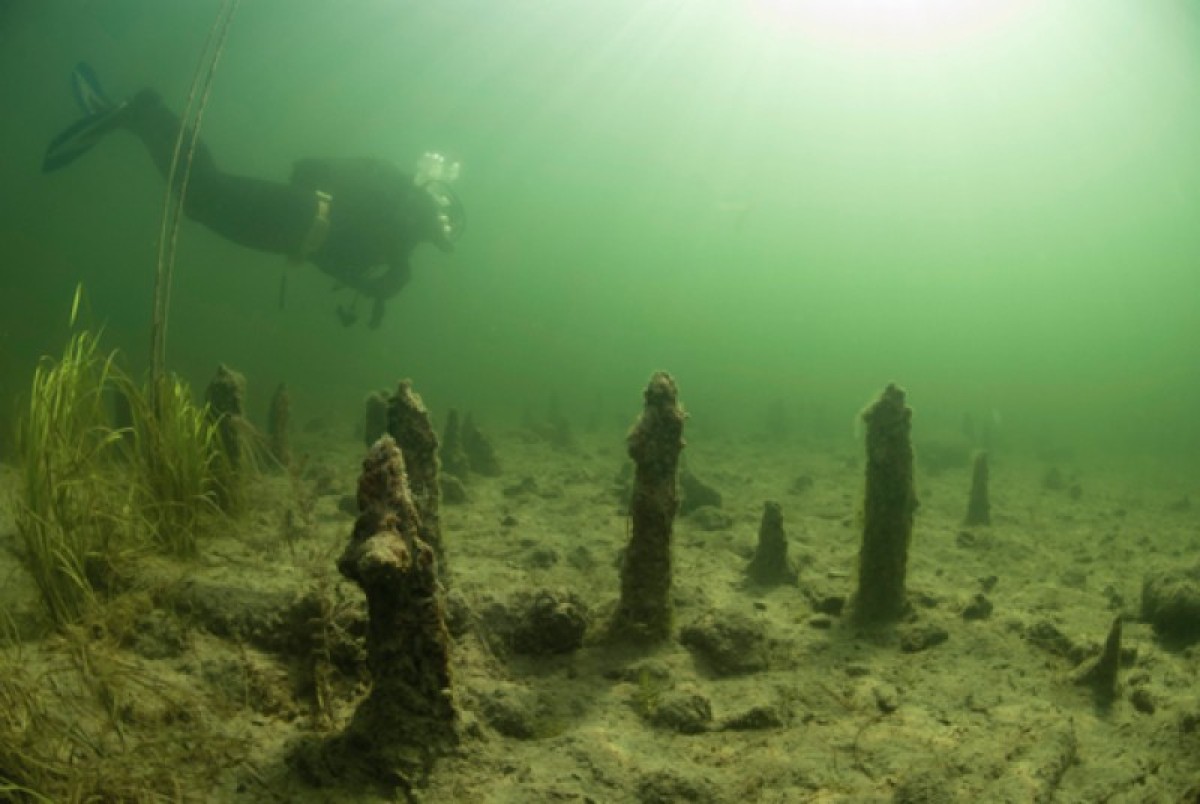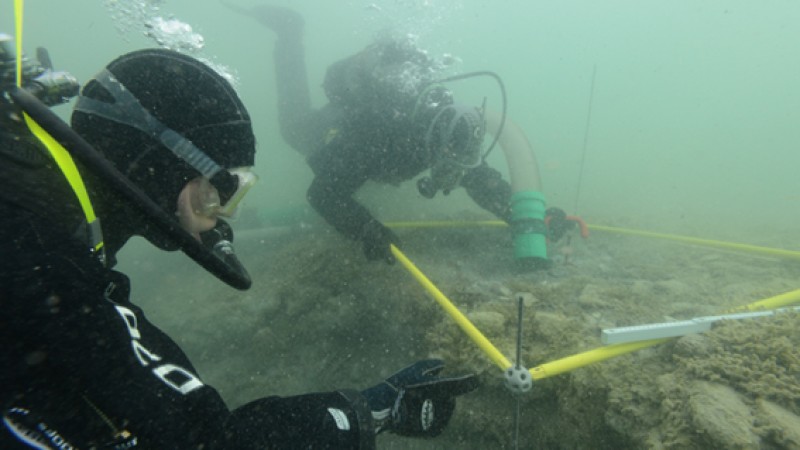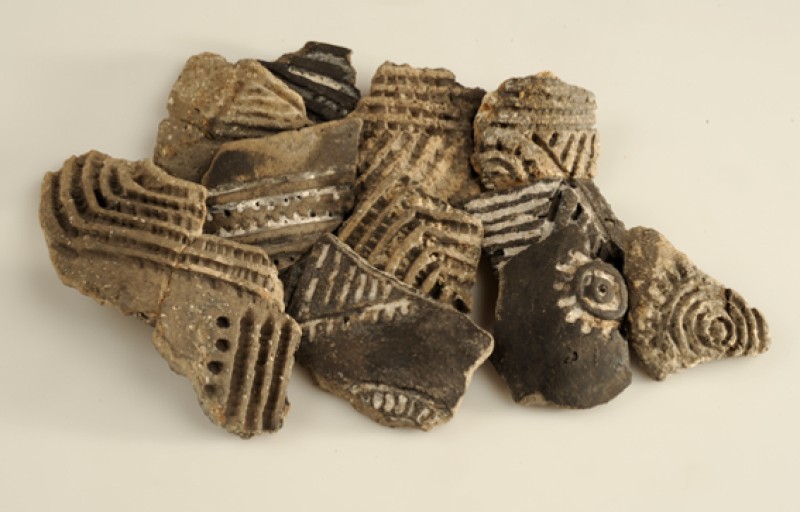All in all there are currently more than 1000 settlements of this type spread across the Alps. The Austrian provinces of Carinthia
and Upper Austria are home to more than 25, of which five belong to the UNESCO World Heritage Site Prehistoric Pile Dwellings
around the Alps.
This UNESCO World Heritage Site comprises 111 settlements of particular archaeological interest in Germany, Italy, France,
Slovenia, Switzerland and Austria. Located under water as well as on the banks of lakes and rivers, the wood, textiles, plant
remains and bones at these pile dwellings have been preserved exceptionally well in these wetland conditions. This makes these
sites particularly valuable for archaeologists and natural scientists.
The first Neolithic lake dwelling in Austria was discovered in 1864 by Ferdinand Hochstetter, the first director of the Natural
History Museum, in the Keutschacher See lake in Carinthia. Austrian research on pile dwellings has therefore enjoyed close
links with the Department of Prehistory since the very beginning. Already under the direction of Elisabeth Ruttkay from the
Natural History Museum, several specialists worked on the project "Inventory and Interdisciplinary Research on Wetland Settlements
in Austria" in the 1990s and at the beginning of the 21st century.
Since the designation of the pile dwellings as a UNESCO World Heritage Site, the Department of Prehistory has also been home
to the Pile Dwellings Board of Trustees. This body is responsible for managing of the UNESCO World Heritage Site in Austria.
In 2015 a new research project was launched together with the Pile Dwellings Board of Trustees and the University of Vienna.
The Sparkling Science project "Doing World Heritage – Understanding World Heritage" invites schoolchildren to join experts
in researching the pile dwellings and the UNESCO World Heritage Site at three lakes in Austria: Attersee, Mondsee and Keutschachsee.
Weblinks
Sparkling-Science-Project „Doing Welterbe - Welterbe Begreifen“Kuratorium Pfahlbauten - Pile dwellings Board of Trustees
UNESCO World Heritage Sites in Austria
